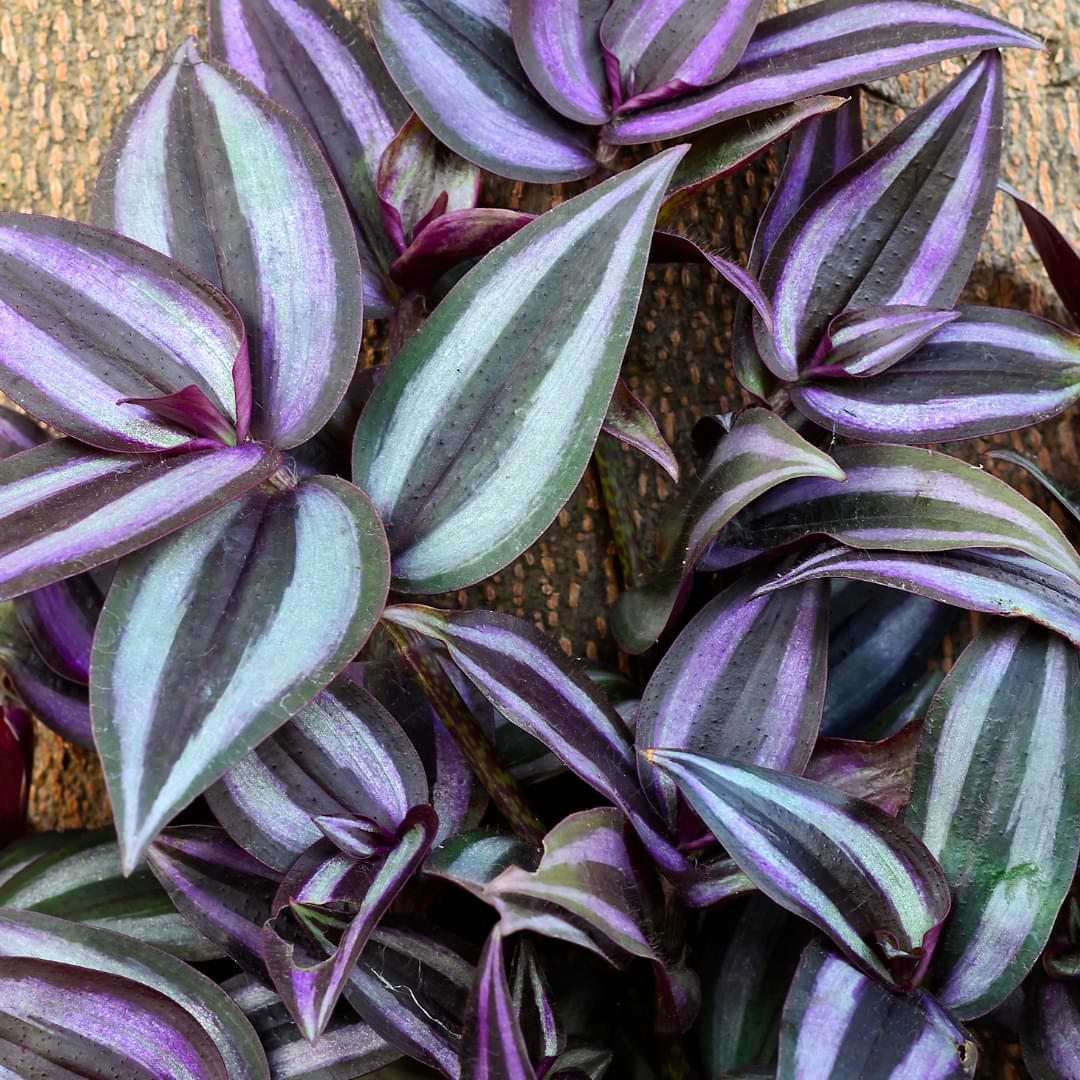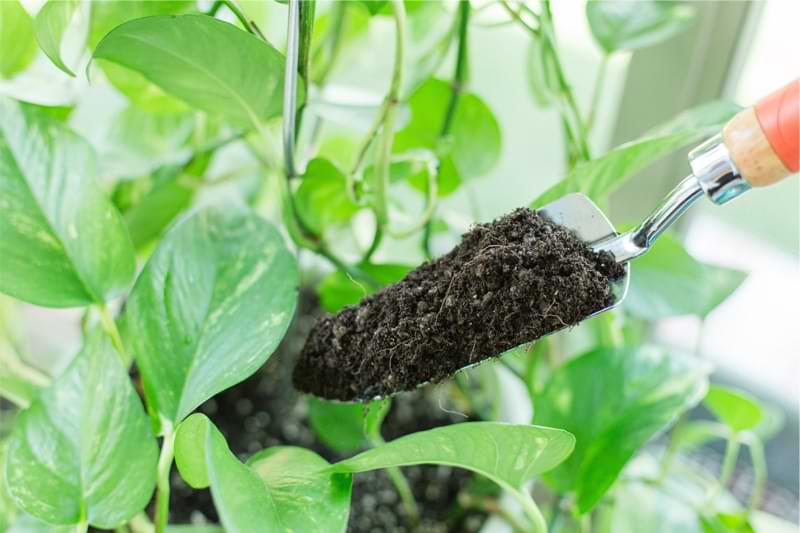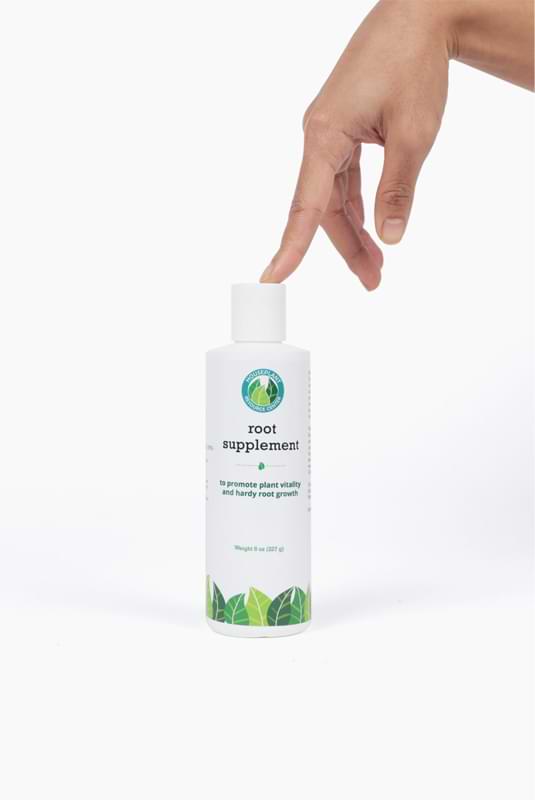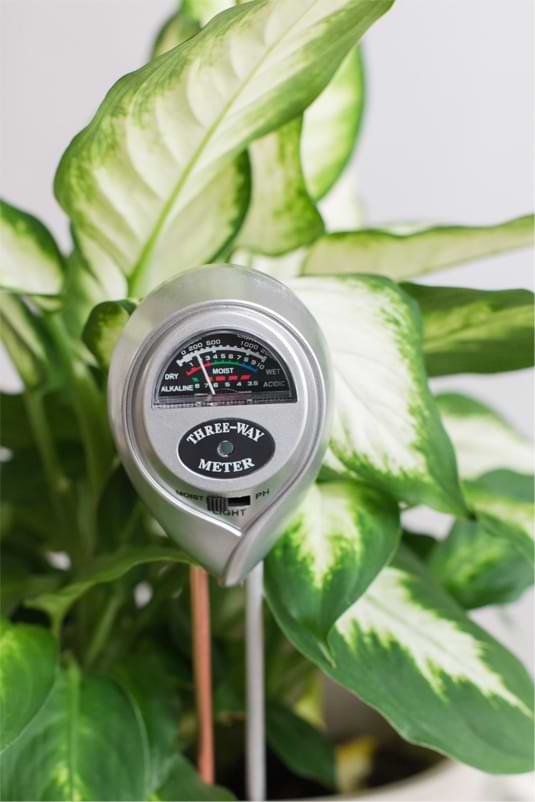Table of Contents
- Growing Houseplants: How To Propagate Wandering Jew Plants
- When Is It Time To Propagate Wandering Jew Plants?
- How To Propagate A Wandering Jew: Before You Start
- How To Propagate Wandering Jew: Tools & Houseplant Accessories
- How To Propagate A Wandering Jew: Knowing Where To Cut
- How To Propagate A Wandering Jew: Soil Propagation
- How To Propagate Wandering Jew: Water Propagation
- Tips For Successful Wandering Jew Propagation
- How To Propagate Wandering Jew: Care & Maintenance
- How To Propagate Wandering Jew Plants: Common Problems
- FAQ: How to Propagate Wandering Jew (Tradescantia Zebrina)
- 1. Can you propagate Wandering Jew plants from a leaf?
- 2. How long does it take for a Wandering Jew cutting to root in water?
- 3. How do I treat pests on a propagated wandering Jew plant?
- 4. Why is the water in my propagation tube getting cloudy?
- 5. How do I check root development for Wandering Jew propagation in soil?
- Wandering Jew Propagation: The Best Way to Expand Your Collection
Growing Houseplants: How To Propagate Wandering Jew Plants
Learning how to propagate Wandering Jew plants for more of its trailing purple and silver leaves is a fun and easy way to expand your indoor garden. For successful propagation that doesn’t leave your Wandering Jew in poor health, follow my easy step-by-step instructions for water or soil propagation.
When Is It Time To Propagate Wandering Jew Plants?
The best time of year to propagate Wandering Jew plants is spring and summer. This is when the plant is actively growing and will have a better chance of successfully rooting in new soil or water.
The plant you propagate from should be in good health so that the new cuttings have the best chances of survival. If your Wandering Jew is looking a bit droopy or unhealthy, it may not be the best time to propagate.
Mature Wandering Jew plants make the best candidates for propagation. Younger plants may not have developed enough root systems to support new growth and may struggle to survive the process.
How To Propagate A Wandering Jew: Before You Start
I’ve found that the best way to propagate a Wandering Jew is to prepare it for the process a few days before taking the cuttings. This will allow the plant to fortify its well-being before the stress of being cut and transplanted.
I start by giving my Wandering Jew a thorough watering a day or two before taking cuttings. This ensures the plant is well-hydrated and can recover from any shock caused by the propagation process.
Some growers find that pruning the plant a few days before propagating can also help with successful rooting. This can encourage new growth and make for stronger cuttings. If you decide to prune before propagation, use sterile, sharp pruning shears and cut at a 45-degree angle just above a node.
How To Propagate Wandering Jew: Tools & Houseplant Accessories
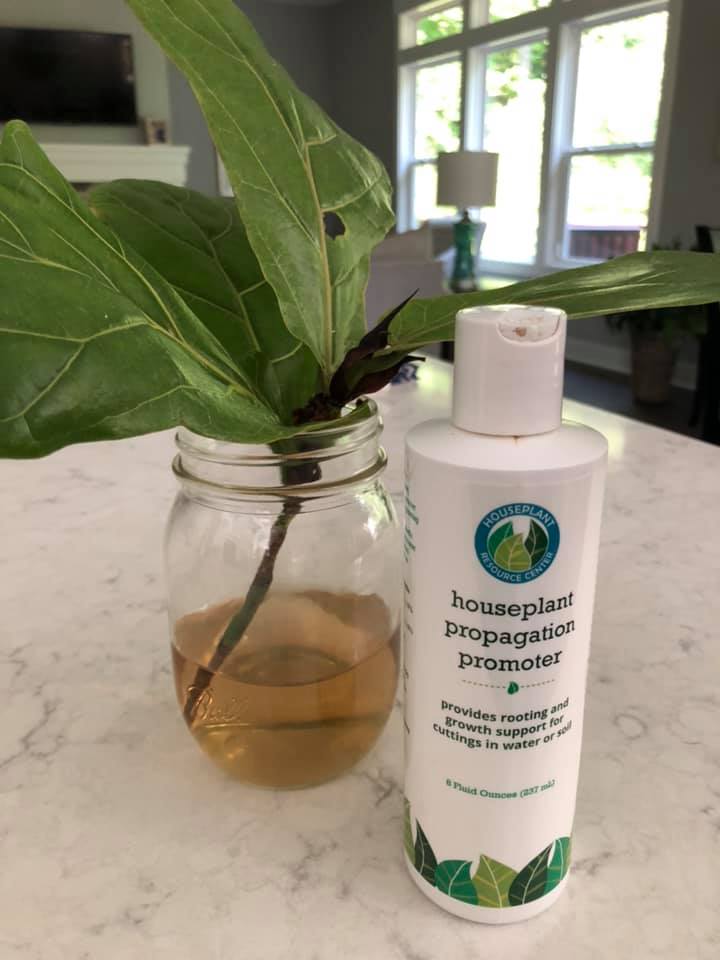
Houseplant Propagation Promoter
After the plant itself, I’ve found this houseplant propagation promoter to be the most essential tool to propagate Wandering Jew plants. This supercharged formula facilitates the development of new roots and growth hormones in cuttings, ensuring a higher success rate for propagation.
Indoor Potting Soil
The subtropical origins of the Wandering Jew plant means it thrives in wet yet well-draining indoor soil. When you propagate Wandering Jew plants, use a high-quality indoor potting mix to give your cuttings the best chance at rooting and surviving. Avoid using garden soil or heavy outdoor potting mixes, as they can retain too much moisture and cause root rot.
Rooting Vessels
Depending on how you propagate Wandering Jew plants, you’ll need the appropriate rooting vessels. For water propagation, use a clear glass or plastic vessel, such as a jar or bottle, tall enough to support the cuttings and allow for root growth. Small pots work best for soil propagation, giving each cutting its own space to grow.
Sharp Pruning Shears
The key to successfully propagate Wandering Jew plants is a precise and clean cut. Make sure to use sharp stainless steel pruning shears sterilized with rubbing alcohol before taking any cuttings. This will help prevent the spread of diseases and ensure healthy growth for your new plant.
Rooting Hormone
My favorite root supplement stimulates root growth fast and provides essential nutrients for new cuttings. This is especially beneficial when propagating harder-to-root plants like the Wandering Jew.
Moisture Meter
Maintaining the right balance of moisture is critical for successful Wandering Jew propagation. A moisture meter can help you keep track of soil moisture levels and prevent over or under-watering your new cuttings.
How To Propagate A Wandering Jew: Knowing Where To Cut
Choosing the Right Stem
Knowing where to cut for Wandering Jew propagation starts with choosing the right stem. Look for healthy, mature stems at least 3 to 4 inches long with at least as many leaves. Avoid using too young or old stems, as they may not have developed enough root systems or may be too weak to survive the propagation process.
The stem should be healthy and free of any pests or diseases. Healthy Wandering Jew stems appear strong, firm and have a vibrant green or purple color. If you see any signs of damage or discoloration, avoiding using that stem for propagation is best.
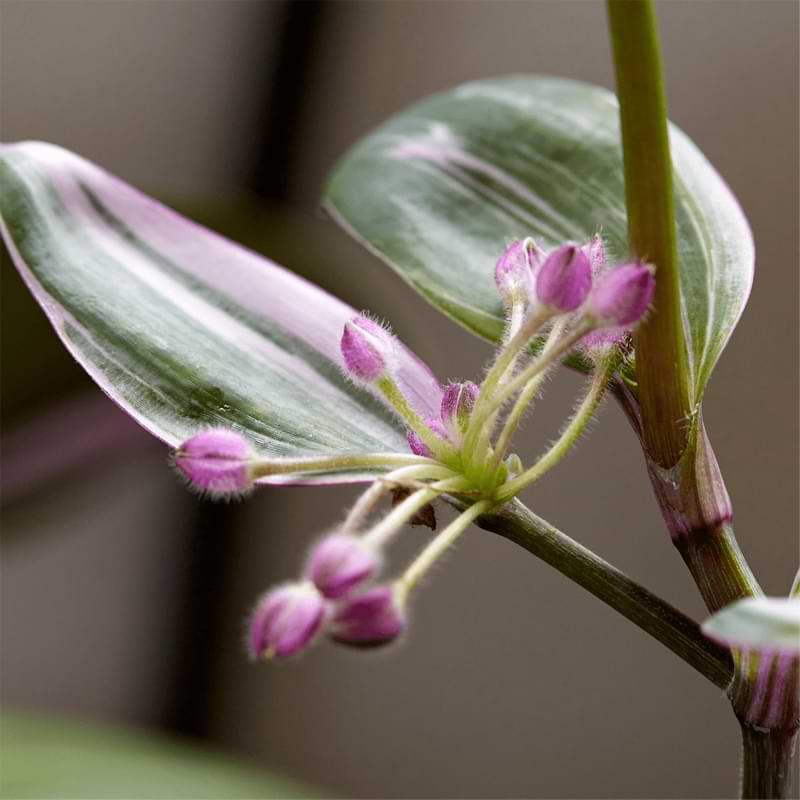
Finding The Node
In addition to healthy stems with the right length and leaf development, you’ll need to identify the node for successful Wandering Jew propagation. The node is where the leaves and stems meet and new growth occurs.
Roots will develop from the node during propagation, so it’s important to ensure they are present on your cutting. Nodes are typically found every few inches along a stem and can be identified by small bumps or protrusions. When you go to cut, you’ll want to do it just above the node to ensure your new cutting has the best chance at rooting.
Trimming The Leaves
Some leaves from the cutting will be necessary, and some won’t. It’s important to trim the leaves to focus the energy on root growth and prevent wilting. Remove any large lower leaves, leaving only 2 or 3 small ones at the top of the cutting.
How To Propagate A Wandering Jew: Soil Propagation
What Is Soil Propagation?
Propagating a Wandering Jew in soil involves taking a cutting and planting it directly into the soil, where it will develop roots and establish itself as a new plant. This method is relatively easy and can be done by beginners with great success.
What Do I Need For Soil Propagation?
- Well-draining potting soil
- Small individual pots
- Sharp pruning shears
- Rooting hormone
- Watering can
- Houseplant propagation promoter
How To Propagate A Wandering Jew In Soil
Fill your small pot with a well-draining potting mix, leaving about an inch of space at the top.
Moisten the soil with water and make a hole in the center using your finger or a pencil.
Take a cutting from the mother plant with your pruning shears. Remember, you want a healthy stem that is a few inches long and has a node or two.
Dip the bottom end of your cutting into rooting hormone, shaking off any excess.
Place the cutting into the hole you made in the soil, making sure that the node is fully covered.
Make sure to gently press the soil around the cutting to secure it in place.
Hydrate your newly planted cutting with a water and propagation promoter mix. Place the pot in a warm, well-lit area with indirect sunlight.
After a few weeks, you should start to see new growth and roots forming. Keep the soil moist but not soggy, and in a few months, your new Wandering Jew plant will be ready for repotting into a larger container.
How To Propagate Wandering Jew: Water Propagation
What is Water Propagation?
Water propagation is a method of rooting cuttings in water rather than soil. This technique has become increasingly popular as it allows for easy observation of root growth and can be a visually appealing way to propagate houseplants like the Wandering Jew.
What Do I Need For Water Propagation?
- Clean glass or plastic vessel
- Sharp pruning shears
- Rooting hormone
- Room temperature water
- Houseplant propagation promoter
How To Propagate A Wandering Jew In Water
Fill your vessel with water at room temperature about halfway to the top. The vessel should be tall enough to support the cutting and allow for root growth.
Take a cutting from the mother plant using sharp pruning shears, making sure it is healthy and has a few inches of stem with at least one node.
Dip the bottom end of the cutting into the rooting hormone, removing any excess.
Place the cutting in the vessel, making sure that the node is fully submerged in water. I like to create a square across the top of the vessel with tape and put the cutting in the center to help support it and keep it upright.
Mix in the propagation promoter with the water. Place the vessel in a warm, well-lit area with
indirect sunlight.
Check on your cutting every few days and change out the water anytime it looks cloudy. In a few weeks, you should start to see new roots forming. You can transplant your cutting into the soil when the roots are a few inches long.
Tips For Successful Wandering Jew Propagation
My easy Wandering Jew propagation process will guarantee success, but only in ideal growing conditions. If you live in an area that is not ideal, propagation may be more difficult. However, there are a few tips that can help increase your chances of success:
- Create more humidity by placing a clear plastic bag or a glass jar over the cutting to create a mini greenhouse.
- Use filtered water instead of tap water, as tap water can contain chemicals that may harm your cutting.
- Wipe down mother plant leaves with leaf shine wipes before cutting to reduce the chances of pests or diseases on new plants.
- Keep soil or water at a consistent temperature of 70-75 degrees F.
Growers should also keep in mind that not all cuttings may root successfully. If you see wilted or dying leaves, it’s best to remove them from the propagation vessel to prevent any potential diseases from spreading to other cuttings.
How To Propagate Wandering Jew: Care & Maintenance
Position
Both cuttings and mature plants thrive in bright, indirect sunlight. Their leaves will indicate if they’re getting too much or too little light. If the leaves start to yellow or brown, it’s a sign that they’re getting too much sun. On the other hand, if the leaves become pale and turn greenish-yellow, they need more sunlight.
Temperature & Humidity
Wandering Jew plants prefer an average room temperature of about 70 degrees F but have been known to tolerate temperatures as low as 50 degrees F. They like balanced humidity levels, so they should be fine as long as the air isn’t too dry.
Watering
These plants prefer to dry out slightly between waterings but don’t let the soil get too dry for extended periods of time. Overwatering can lead to root rot and ultimately kill cuttings and mature plants. I find bottom watering, where you set the pot in a sink of water for ten minutes, is the best way to ensure even watering.
Fertilizing
Nutrient requirements for cuttings and mature plants vary dramatically. Mature plants do best with a balanced indoor plant food fertilizer as part of a regular watering routine. Cuttings should be fertilized once planted in soil and showing signs of new growth.
How To Propagate Wandering Jew Plants: Common Problems
Pests
During propagation, pests can be a common problem. Keep an eye out for mealybugs, spider mites, and fungus gnats. If you spot any of these pests, isolate the affected plants, wipe them down with leaf shine wipes, and change the water or soil accordingly.
Root Rot
Signs of root rot in a Wandering Jew include wilting leaves, yellowing leaves, and mushy or slimy roots. If these signs are present, it may be worth examining the root system for any signs of rot. If caught early enough, the plant may be saved by removing affected roots and repotting in fresh soil.
Mold & Fungus
Mold and fungus can occur in water propagation if the vessel is not kept clean or there are too many cuttings in one container. To prevent this, make sure to change the water regularly and keep a close eye on common signs of potential issues, such as cloudy water or slime on the water’s surface.
FAQ: How to Propagate Wandering Jew (Tradescantia Zebrina)
1. Can you propagate Wandering Jew plants from a leaf?
Even if a leaf were to develop roots, the chances of it growing into a new plant are slim. It’s best to propagate wandering Jew from stem cuttings with at least one node and a few leaves.
2. How long does it take for a Wandering Jew cutting to root in water?
It takes about a week for roots to develop on a wandering Jew cutting, but it can take up to four weeks for them to fully establish. You’ll want them to be at least a few inches long before transplanting into soil.
3. How do I treat pests on a propagated wandering Jew plant?
The best way to treat pests on propagated houseplants is with natural, 100% cotton leaf shine wipes. These wipes are gentle enough to use on delicate cuttings yet powerful enough to remove any pests or residue on the leaves.
4. Why is the water in my propagation tube getting cloudy?
When you propagate Wandering Jew plants in water can cause the water to get cloudy over time. This is due to bacteria and other microorganisms that thrive in moist environments. To prevent this, make sure to change the water regularly every few days and keep the vessel clean. If you notice any signs of mold or fungus, it’s best to remove the cutting and start with fresh water and a clean container.
5. How do I check root development for Wandering Jew propagation in soil?
If you propagate Wandering Jew plants in soil, gently loosen the soil around the cutting and carefully check for root development. You can also gently tug on the stem of the cutting to see if there is resistance, indicating that roots have started forming.
Wandering Jew Propagation: The Best Way to Expand Your Collection
Whether you are a first-time plant parent or an experienced grower, propagate wandering Jew plants is a fun and rewarding way to expand your collection. With the right care and maintenance, your cuttings will be able to root and grow into beautiful, healthy plants featuring the unique color and texture the Wandering Jew is famous for. Remember to watch for common problems like pests and root rot, and use the tips mentioned above to increase your chances of success. Happy propagating!
Want more growing tips? Subscribe to our newsletter for VIP access to the best houseplant accessories and care.
Learn More At Houseplant Resource Center
- Join our Facebook group and chat with an online community dedicated to plant care
- Sign up for our free webinar for a crash course in expert houseplant care
- Order your copy of The Last Houseplant Book You Will Ever Need and become an expert grower in no time!

